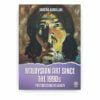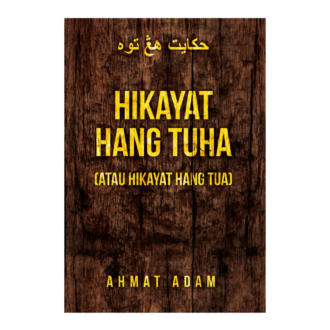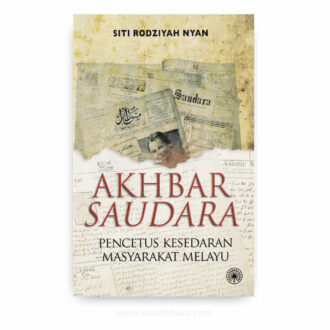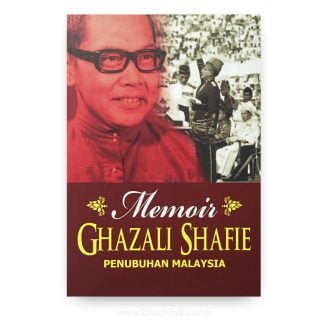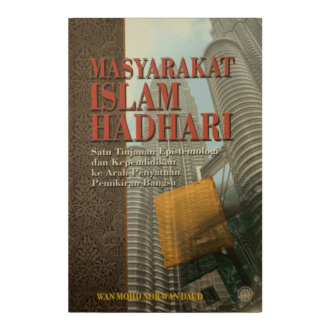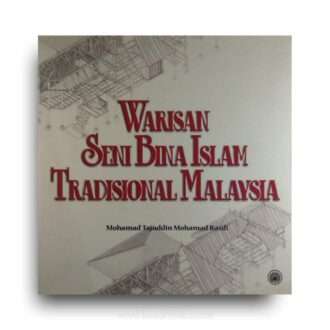Malaysian Art since the 1990s: Postmodern Situation aims to investigate the meanings of Malaysian modern and postmodern art through the understanding of social and political conditions that shape the emerging middle-class in which the artists belong. Malaysian art that is presumed to be postmodern can either be one that evokes a conscious racial or religious identity, art that manifests or highlights class interests, and art that loses its locality and inheres a sense of cosmopolitanism as it crosses borders.
Drawing from the fields of art history, cultural history, sociology and Malaysian Studies, in particular, Malaysian Art Since the 1990s: Postmodern Situation investigates the forms of postmodernity in Malaysian art, discussing the shift from modem to a postmodern outlook in the context of situasi percamoden, or Malaysia’s “postmodern situation”. Central to the author’s argument is that postmodern artistic tendencies in Malaysia generally happen as an indirect result of the cultural and social changes and drastic modernization that Malays had to go through under the modernization drive headed by the New Economic Policy (NEP).
As part of the new Malaysian middle-class, artists are faced with various situations the “postmodern situation” brings and this is inherent in the development of art in Malaysia since 19903.
Malaysian Art since the 1990s: Postmodern Situation aims to explore how Malaysian artists’ preoccupation has shifted from Malay/Islamic-centric artistic tendencies to having a more postmodern outlook. Firstly, this can be seen in postmodern artistic strategies and the proliferation of art, and second, in the thematic approaches and subjects that concern artists being reflective of the changing Malaysian demographics.
Drawing from the fields of art history, cultural history, sociology and Malaysian Studies, in particular, this book investigates the forms of postmodernity in Malaysian art, discussing the shift from modem to a postmodern outlook in the context of percamoden, or Malaysia’s “postmodern situation” that relate to the significantly merging Malaysian new middle class. It explores how Malaysian artists’ preoccupations have shifted from Malay/Islamic centric tendencies to having a more postmodern outlook and employing postmodern artistic strategies.
It also surveys the possible reasons behind these Changes almost two decades after the instigation of Malaysia’s National Cultural Policy. By using the term percamoden, helps to create a sense of periodizing concepts in Malaysian art as well as understanding the structure of feeling relating to the new Malaysian middle-class that the works under discussion reflect.
The author’s argument will establish that works since 19905, especially those posited to be “postmodern” are not just copies of an artistic approach from Euramerica, but must be examined in or out of the context of Malaysian cultural engineering has become the national agenda since 19705. This is because the comparable aspects that frame the background of these artists are their evasion of nationalistic concerns, which previously preoccupied most Malaysian artists. It must be noted that this book will not necessarily be a postmodern critique of the art situation in Malaysia or use its critique in discussing the political and social situations in the country, but it rather traces the discourse in Malaysian art.
This book will eventually provide a further understanding of the Malaysian approach of nation-building and its unexpected consequences. It must be noted that for many postcolonial Societies, the nation as both political projects and lived reality remains a central aspect of life, but this paper will highlight those new possibilities that can occur due to extensive flows in the capital, culture, and people.
It is hoped that this book will contribute to debunking the idea of a single modern Asian art and the one-way flow of influence from the West to Asia in general, and will prove that the persistent complex ebb and flow of information and transformations, of diverse forms of modernisms and postmodernisms, do in fact, interact.


